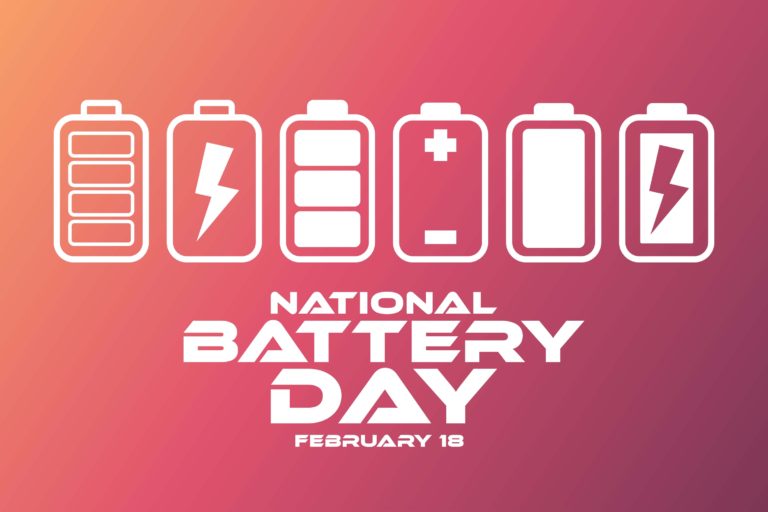Batteries power our world. Most of the electronics we rely on wouldn’t work without batteries. Smartphones, laptops, flashlights, remote controls, and smoke detectors are just some of the electronics that use batteries. What’s more, we wouldn’t be able to start our car engines without batteries. Simply put, batteries are essential components of our everyday lives.
What are batteries?
A battery is a device that stores chemical energy and converts it into electrical energy in the form of a voltage, which creates an electric current.
- Two metal plates, a positive (cathode) and a negative (anode), are dipped in a chemical solution known as an electrolyte.
- As the metals react with this chemical solution, they create a flow of charges that merge together on the negative plate. Meanwhile, charges are drained away from the positive plate. This interaction produces a voltage between the plates.
What kinds of batteries are there?
There are generally two different types of batteries: Primary and secondary. Primary batteries are made from electrochemical cells that cannot be recharged, whereas secondary batteries consist of electrochemical cells that can be recharged.
An example of primary batteries are the AA or AAA batteries used to power most everyday electronic devices, like television remote controls. An example of a secondary battery is the battery in your smartphone or laptop.
What are batteries made from?
Batteries are made from earth metals. The most common rechargeable batteries contain lithium-ion, nickel-cadmium, nickel-metal hydride, and lead-acid. Lithium-ion batteries are among the most popular rechargeable batteries.
Will Lithium-metal batteries power the future?
Many experts think lithium-metal batteries will power our future. For example, affordable, rechargeable lithium-metal batteries could power electric vehicles over much longer distances than they currently can travel without having to recharge, and would also charge much faster than current batteries. However, engineers are still trying to solve some issues with these batteries, which are extremely reactive and deteriorate over time. To solve the problem, researchers are working on ways to develop solid-state electrolytes that use ceramics and polymers.
How to Celebrate National Battery Day
National Battery Day is celebrated every year on February 18. You can observe this day by using #NationalBatteryDay on social media. Learn about the concept of electron flow through the demonstration of electrical circuits in a flashlight, and how batteries operate. Download the IEEE TryEngineering lesson plan Flashlights and Batteries today.



